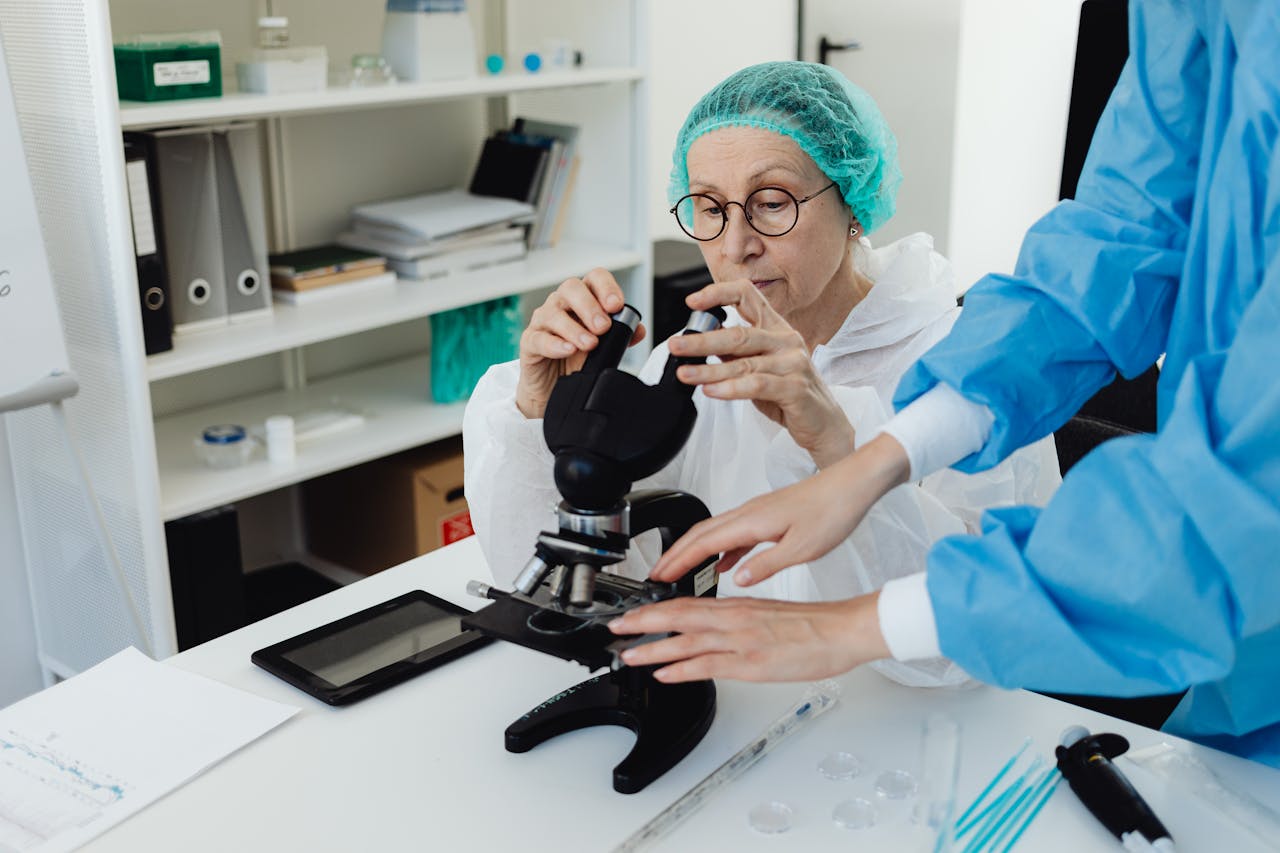The human Ether-à-go-go-Related Gene (hERG) assays have become a cornerstone in the drug development process, particularly for assessing the cardiac safety profile of new chemical entities. The significance of these assays lies in their ability to predict the potential for drugs to cause QT interval prolongation, a marker for the risk of developing Torsades de Pointes (TdP), a rare but potentially lethal form of ventricular tachycardia. This article explores what hERG assays do, their uses, and why they are pivotal in the pharmaceutical industry.
The Importance of hERG Assays
Understanding QT Interval Prolongation and Torsades de Pointes
The QT interval, measured on an electrocardiogram (ECG), represents the time it takes for the heart’s ventricles to depolarize and repolarize. Prolongation of the QT interval is a risk factor for TdP, which can lead to sudden cardiac death. The hERG potassium channel plays a critical role in the cardiac action potential’s repolarization phase, and its blockage by drugs can prolong the QT interval.
The Genesis of hERG Screening
The recognition of the hERG channel’s importance in cardiac health emerged from observing drugs withdrawn from the market due to their association with life-threatening cardiac arrhythmias. This led to regulatory authorities recommending the evaluation of new drugs for their potential to block the hERG channel as part of the safety pharmacology assessment.
How hERG Assays Work
The Mechanism of Action
hERG assays assess the potential of a drug to block the hERG potassium channel. This channel is essential for the repolarization phase of the cardiac action potential. By blocking this channel, drugs can inadvertently prolong the QT interval on an ECG, increasing the risk of TdP.
Types of hERG Assays
hERG assays can be conducted using various techniques, including manual patch-clamp, automated patch-clamp, and fluorescence-based assays. The patch-clamp techniques, particularly the automated version, have become the gold standard due to their ability to provide high-throughput screening with reliable data on a drug’s effect on the hERG channel.
Applications and Uses of hERG Assays
Drug Safety Screening
The primary use of hERG assays is in the early stages of drug development to screen compounds for their potential to block the hERG channel. This screening helps to identify compounds with a high risk of causing QT interval prolongation early in the development process, allowing for their modification or elimination from the pipeline.
Regulatory Compliance
Regulatory agencies, such as the FDA in the United States and the EMA in Europe, require hERG testing as part of the comprehensive safety assessment for new drug applications. Demonstrating a low risk of hERG channel blockage is crucial for regulatory approval.
Lead Optimization
In drug discovery, hERG assays are used during the lead optimization phase to modify chemical structures with the aim of reducing their potential to block the hERG channel while retaining therapeutic efficacy. This iterative process involves synthesizing analogs of lead compounds and assessing their safety and efficacy profiles.
Challenges and Considerations in hERG Assay Implementation
Predictive Value and Interpretation
While hERG assays are invaluable for predicting QT interval prolongation, they are not without limitations. Not all drugs that block the hERG channel will cause TdP, and not all cases of TdP are due to hERG channel blockage. Thus, the interpretation of hERG assay results requires careful consideration in the context of other non-clinical and clinical data.
Technological Advances and Alternatives
The evolution of technology has led to the development of more sophisticated models for assessing cardiac safety, including stem cell-derived cardiomyocytes and in silico modeling. These advancements complement traditional hERG assays by providing a more comprehensive understanding of a drug’s cardiac safety profile.
The Future of hERG Assays in Drug Development
As our understanding of cardiac safety evolves, so too will the methodologies for assessing the potential risks associated with new drugs. hERG assays will continue to play a vital role, but their use will be enhanced by integrating data from newer technologies. This holistic approach will enable a more nuanced assessment of cardiac safety, ultimately leading to the development of safer drugs.
Conclusion
hERG assays are a critical component of the drug development process, providing essential data on the cardiac safety of new pharmaceutical compounds. By identifying potential risks early in development, these assays contribute to the creation of safer medications and help to avoid the significant human and financial costs associated with withdrawing drugs from the market. As technology advances, the integration of traditional hERG assays with innovative methodologies will further refine our ability to predict and mitigate cardiac safety risks, benefiting both the pharmaceutical industry and public health.
